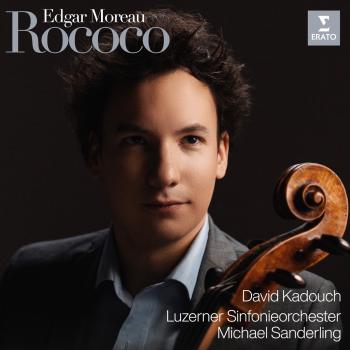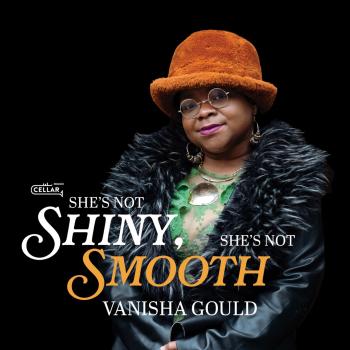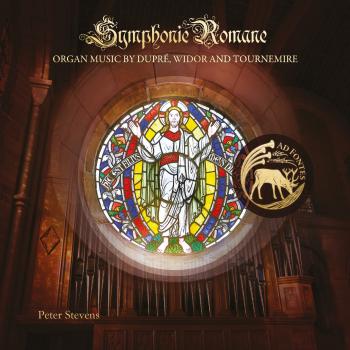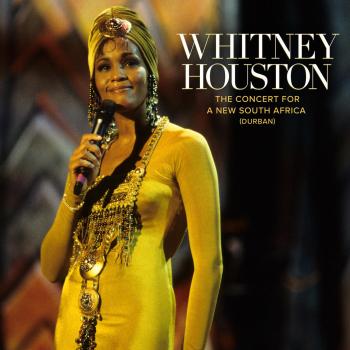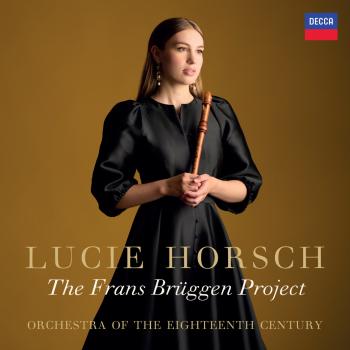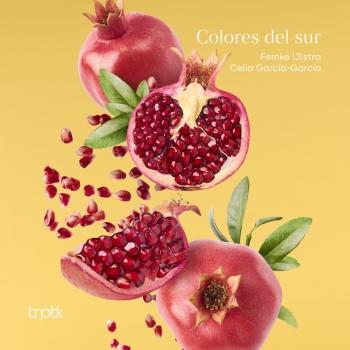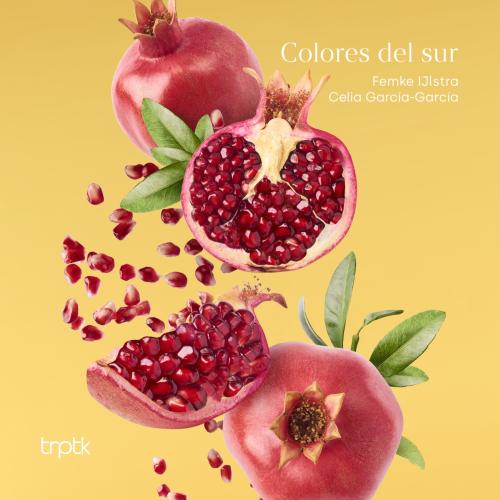
Colores del Sur Femke IJlstra and Celia García-García
Album info
Album-Release:
2022
HRA-Release:
11.03.2022
Label: TRPTK
Genre: Classical
Subgenre: Chamber Music
Artist: Femke IJlstra and Celia García-García
Composer: Isaac Albéniz (1860-1909), Paule Maurice (1910-1967), Manuel de Falla (1876-1946), Heitor Villa-Lobos (1887-1959), Jean Françaix (1912-1997), Darius Milhaud (1892-1974), Kurt Weill (1900-1950)
Album including Album cover Booklet (PDF)
- Isaac Albéniz (1860 - 1909): España, Op. 165 (Arr. for soprano saxophone & piano by Femke IJlstra & Celia García-García):
- 1 Albéniz: España, Op. 165 (Arr. for soprano saxophone & piano by Femke IJlstra & Celia García-García): II. Tango 02:40
- Paule Maurice (1910 - 1967): Tableaux de Provence:
- 2 Maurice: Tableaux de Provence: I. Faranduolo di chatouno 02:33
- 3 Maurice: Tableaux de Provence: II. Cansoun per ma mio 01:38
- 4 Maurice: Tableaux de Provence: III. La boumiano 01:18
- 5 Maurice: Tableaux de Provence: IV. Dis alyscamps l'amo souspire 04:52
- 6 Maurice: Tableaux de Provence: V. Lou cabridan 04:01
- Isaac Albéniz: Iberia, Book 1 (Arr. for soprano-/alto saxophone and piano by Henk de Vlieger):
- 7 Albéniz: Iberia, Book 1 (Arr. for soprano-/alto saxophone and piano by Henk de Vlieger): I. Evocación 05:07
- Manuel de Falla (1876 - 1946): Siete Canciones populares Españolas (Arr. by Femke IJlstra):
- 8 Falla: Siete Canciones populares Españolas (Arr. by Femke IJlstra): I. El paño moruno 02:05
- 9 Falla: Siete Canciones populares Españolas (Arr. by Femke IJlstra): II. Asturiana 02:32
- 10 Falla: Siete Canciones populares Españolas (Arr. by Femke IJlstra): III. Canción 01:27
- 11 Falla: Siete Canciones populares Españolas (Arr. by Femke IJlstra): IV. Nana 01:20
- 12 Falla: Siete Canciones populares Españolas (Arr. by Femke IJlstra): V. Jota 02:45
- 13 Falla: Siete Canciones populares Españolas (Arr. by Femke IJlstra): VI. Polo 03:08
- Maurice Ravel (1875 - 1937): Pièce en forme de Habanera (Transcr. for alto saxophone and piano by Jules Viard):
- 14 Ravel: Pièce en forme de Habanera (Transcr. for alto saxophone and piano by Jules Viard) 02:57
- Heitor Villa-Lobos (1887 - 1959): O canto do cisne negro (Arr. by Femke IJlstra):
- 15 Villa-Lobos: O canto do cisne negro (Arr. by Femke IJlstra) 02:52
- Jean Françaix (1912 - 1997): Cinq danses exotiques:
- 16 Françaix: Cinq danses exotiques: I. Pambiche 01:04
- 17 Françaix: Cinq danses exotiques: II. Baião 01:27
- 18 Françaix: Cinq danses exotiques: III. Mambo 01:35
- 19 Françaix: Cinq danses exotiques: IV. Samba lenta 01:26
- 20 Françaix: Cinq danses exotiques: V. Merengue 00:41
- Darius Milhaud (1892 - 1974): Scaramouche, Op. 165d:
- 21 Milhaud: Scaramouche, Op. 165d: III. Brazileira 02:31
- Kurt Weill (1900 - 1950): Youkali (Transcr. for soprano saxophone by Femke IJlstra):
- 22 Weill: Youkali (Transcr. for soprano saxophone by Femke IJlstra) 05:08
Info for Colores del Sur
The sunny south conjures up images, especially for northerners, of bright sunshine, an azure sea and brilliant blue skies, of bright colours, festive dances and enchanting stories, of languid warmth during siestas and nightly dinners in illuminated squares. Even in France, ‘Colores del sur’ and dances from southern Spain, for example, were considered exotic. Since the mid-19th century, the music and dances from Spain have captured everyone’s imagination.
In the 19th century, the Spanish bourgeoisie was mainly charmed by the opera-like zarzuelas. They saw the many Spanish dances as uninteresting folk music and turned their noses up at Andalusian flamenco and cante jondo.
Only in the last quarter of the 19th century did this change, when especially foreigners like Glinka and later Rimsky-Korsakov in Russia and Frenchmen like Lalo, Bizet and Chabrier professed their love for Spanish music so convincingly. In their wake followed Debussy and Ravel, more or less at the same time as in Spain itself Isaac Albéniz and Enrique Granados. Then the writer Federico García Lorca and the composer Manuel de Falla elevated Spanish folk music to the status of national cultural heritage.
Since many Spaniards in the late 19th and a large part of the 20th century worked and often lived in France, the influence has been strong both ways. In fact, Villa- Lobos came to France to look at the art there, but the other way round, Milhaud travelled to Brazil for his work and got to know the ‘couleur locale’ there, which struck him as so colourful and exotic. In short, in Colores del sur, the many crosslinks between Spain and France in particular (with excursions to and from Brazil) are discussed in detail, with a multitude of dances and impressions.
"We take you to the musical south where we dance, sing and dream together in the evening light."
(Femke IJlstra and Celia García-García)
Saxophonist Femke IJlstra and pianist Celia García-García met during a performance of Shostakovich's Jazz Suite No. 2 in the Amsterdam Concertgebouw. Soon the ladies decided to form a duo and focus on repertoire and arrangements for this line-up. IJlstra is one of the most successful classical saxophonists of her generation and has played all over the world. She is founder of the Syrène Saxophone Quartet and works as a principal study teacher at the Prins Claus Conservatory in Groningen. García-García is a much sought-after pianist and associated with the Utrecht Conservatory and the Tilburg Fontys as a teacher and choir rehearsal. She regularly performs with renowned Dutch symphony orchestras.
After several successful performances, the duo decided to make an album for the adventurous TRPTK. They opted for warm-blooded repertoire with a distinctly Southern European and South American touch. Under the motto 'Colores del Sur' they play music by Isaac Albéniz, Paul Maurice, Manuel de Falla, Heitor Villa-Lobos and Jean Françaix, among others. Composers who are known to have been open to exotic influences. The production also includes curiosities by Maurice Ravel, Darius Milhaud and Kurt Weill.
IJlstra and García-García know how to give an authentic voice to this temperamental music - in which cheerfulness and melancholy go hand in hand. They play with a looseness and open-mindedness that is unprecedented. "We want to tell a real story and play from our feelings, we want to be ourselves," say the musicians. The results are worth it, with passionate performances that sometimes have an exciting frayed edge.
Femke IJlstra, saxophone
Celia García-García, piano
No biography found.
Booklet for Colores del Sur





